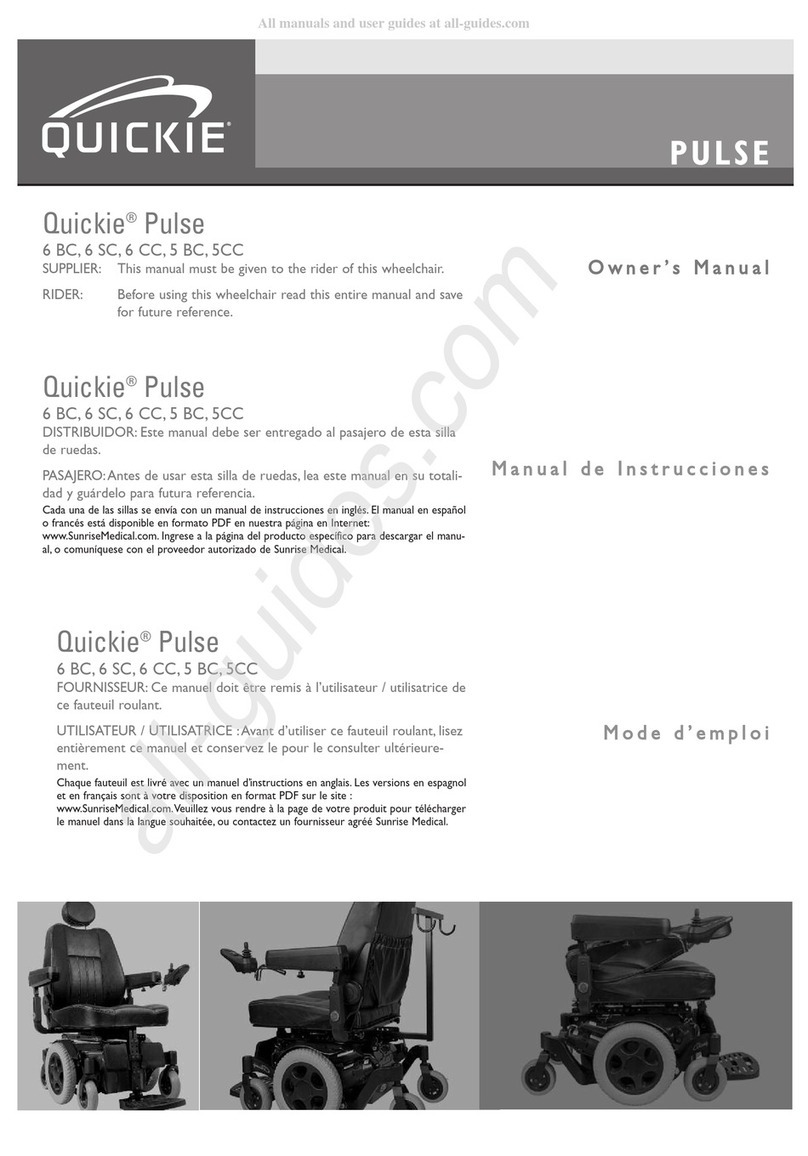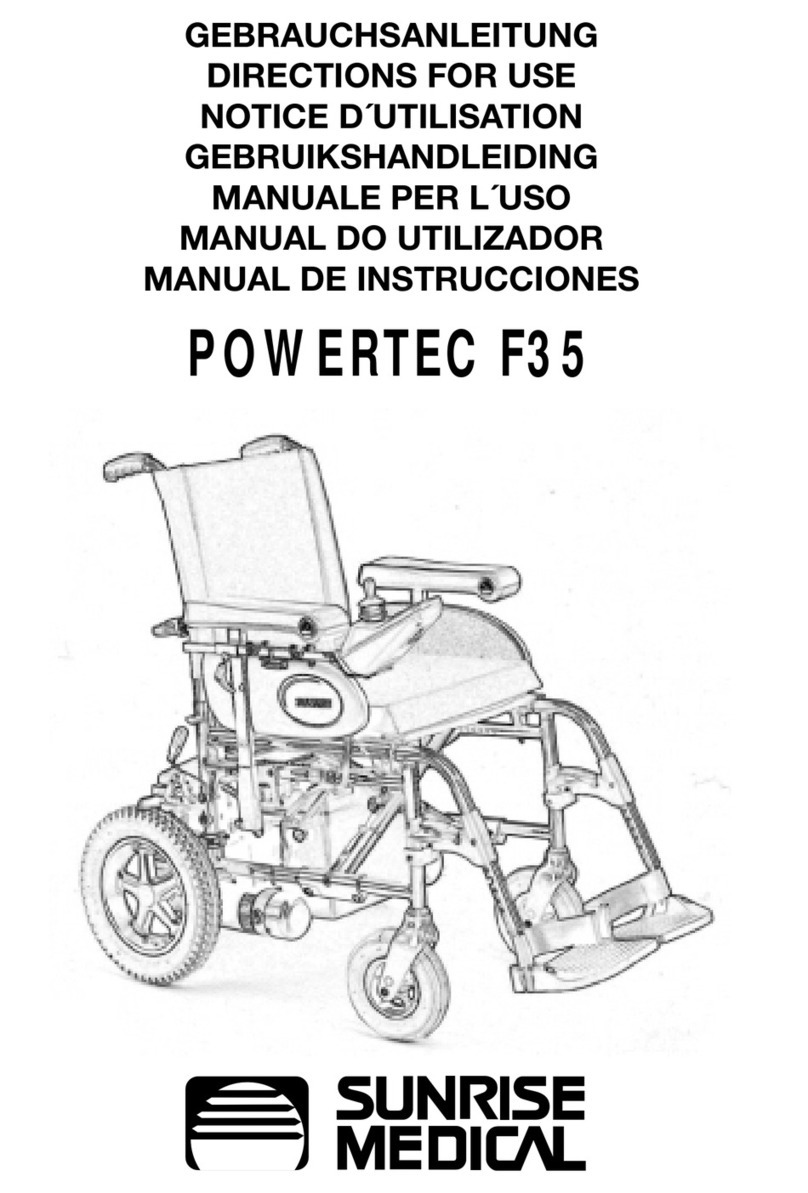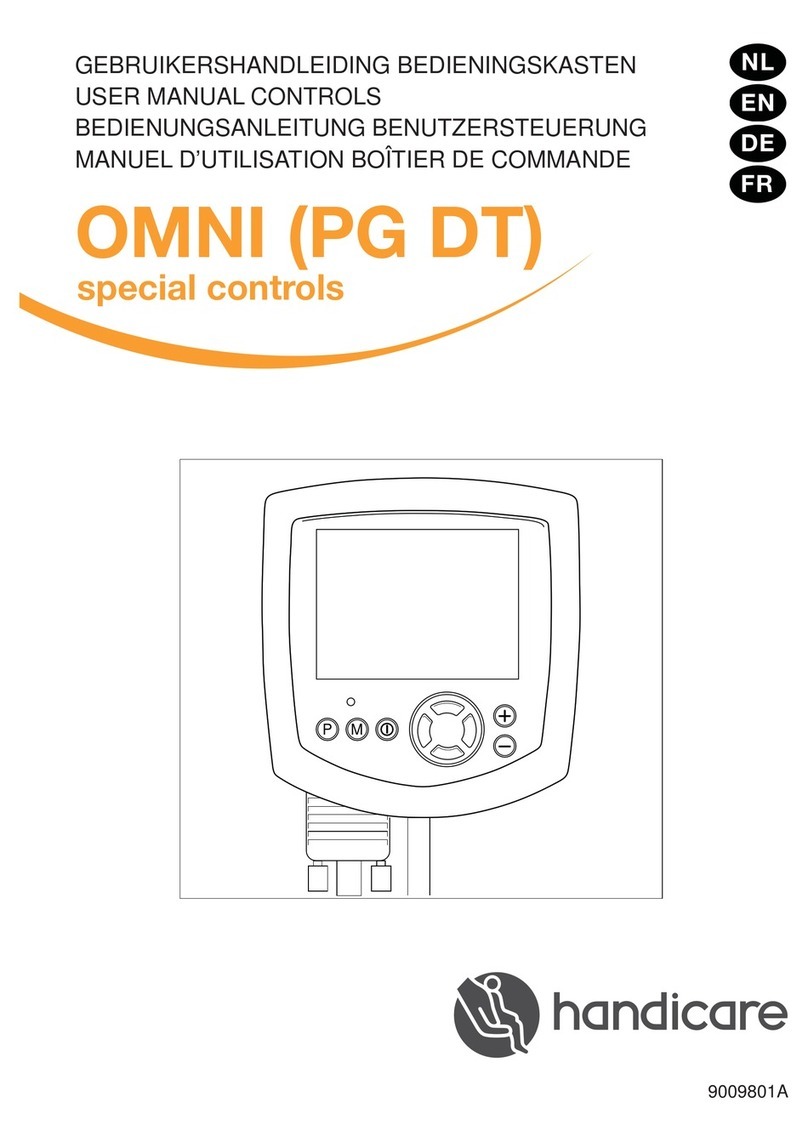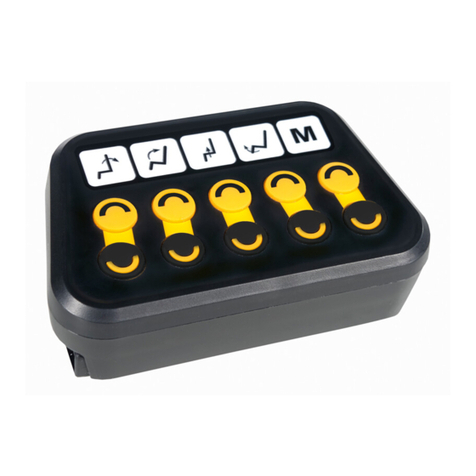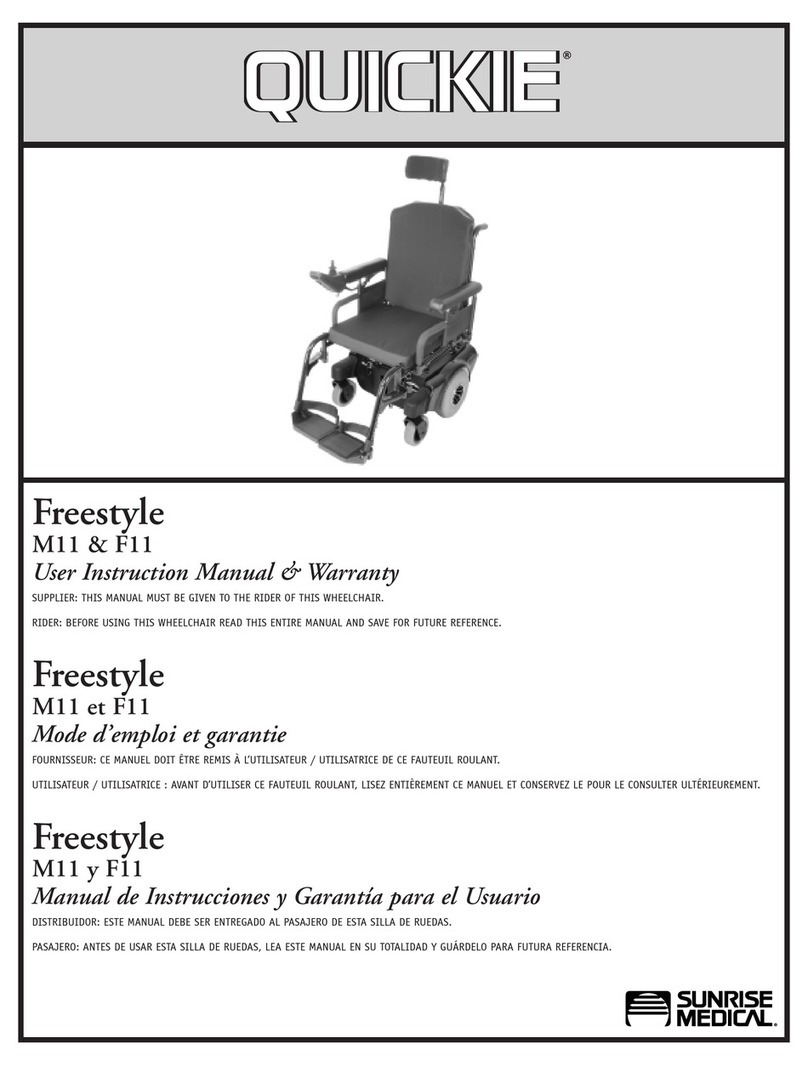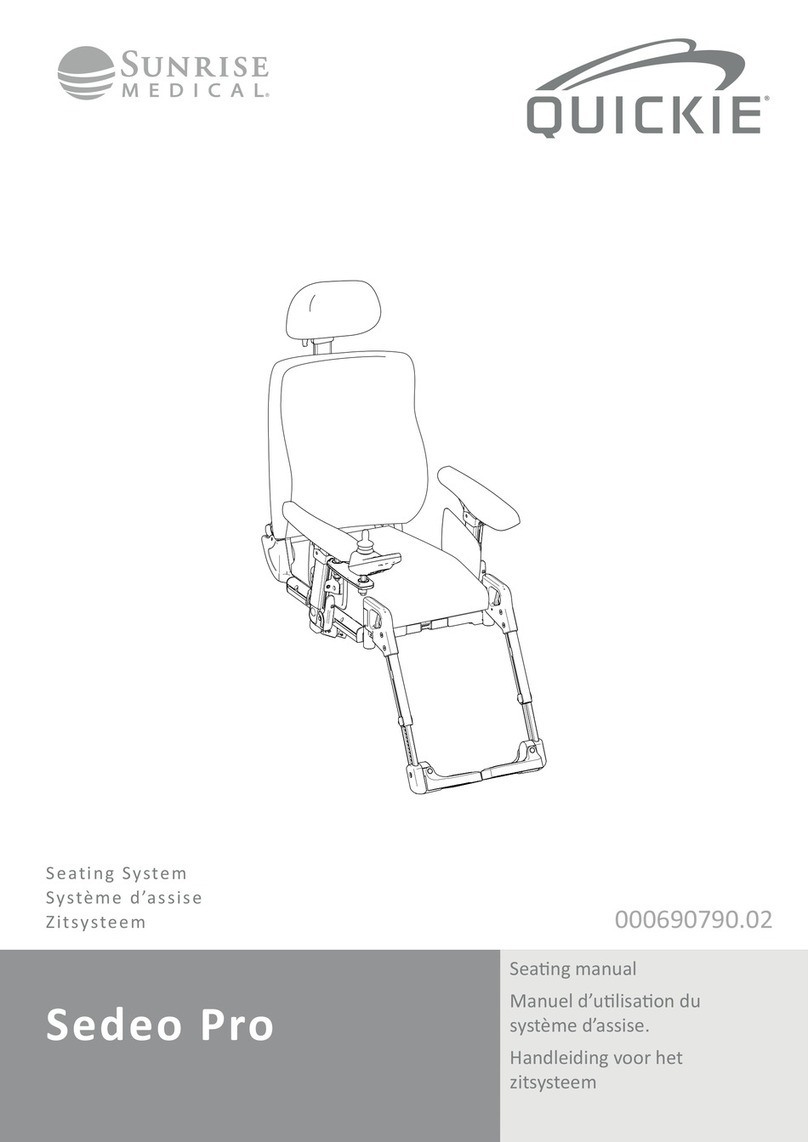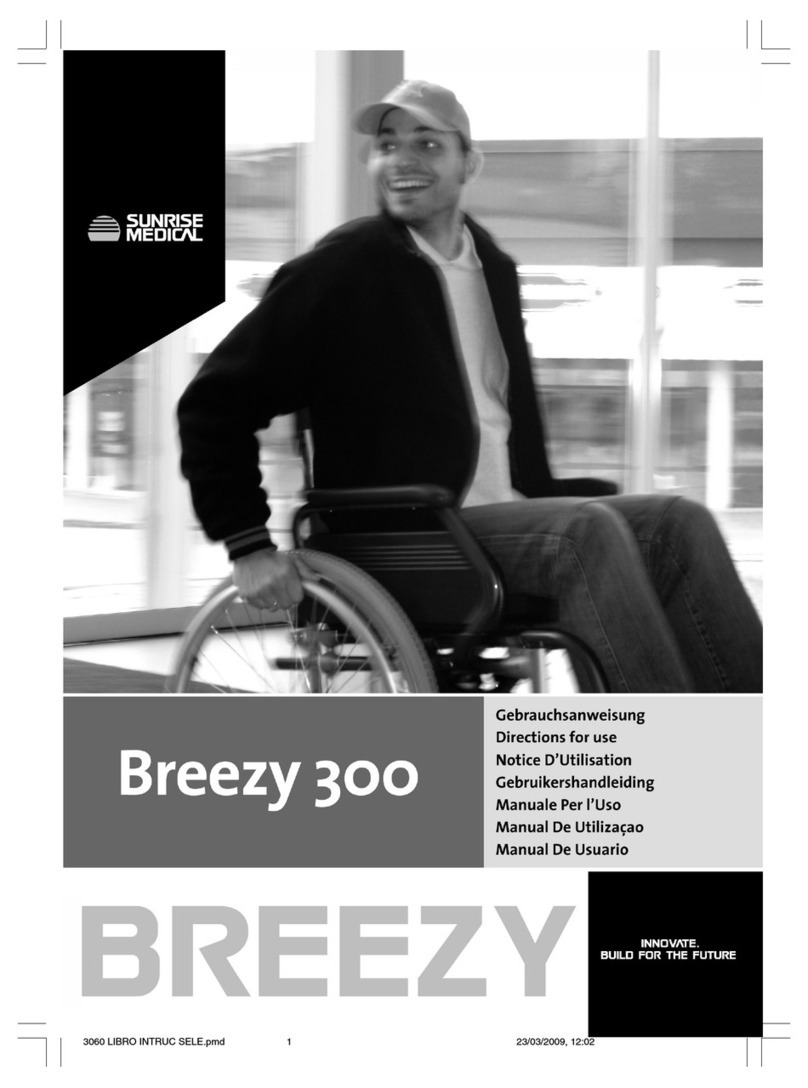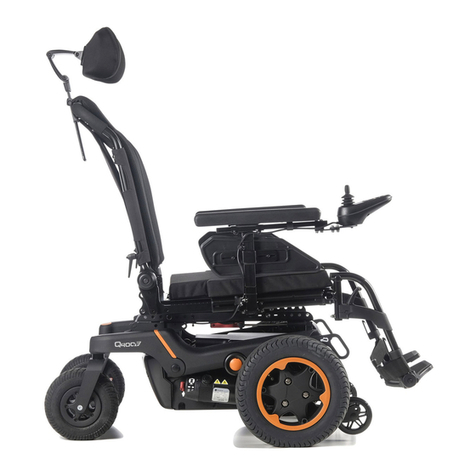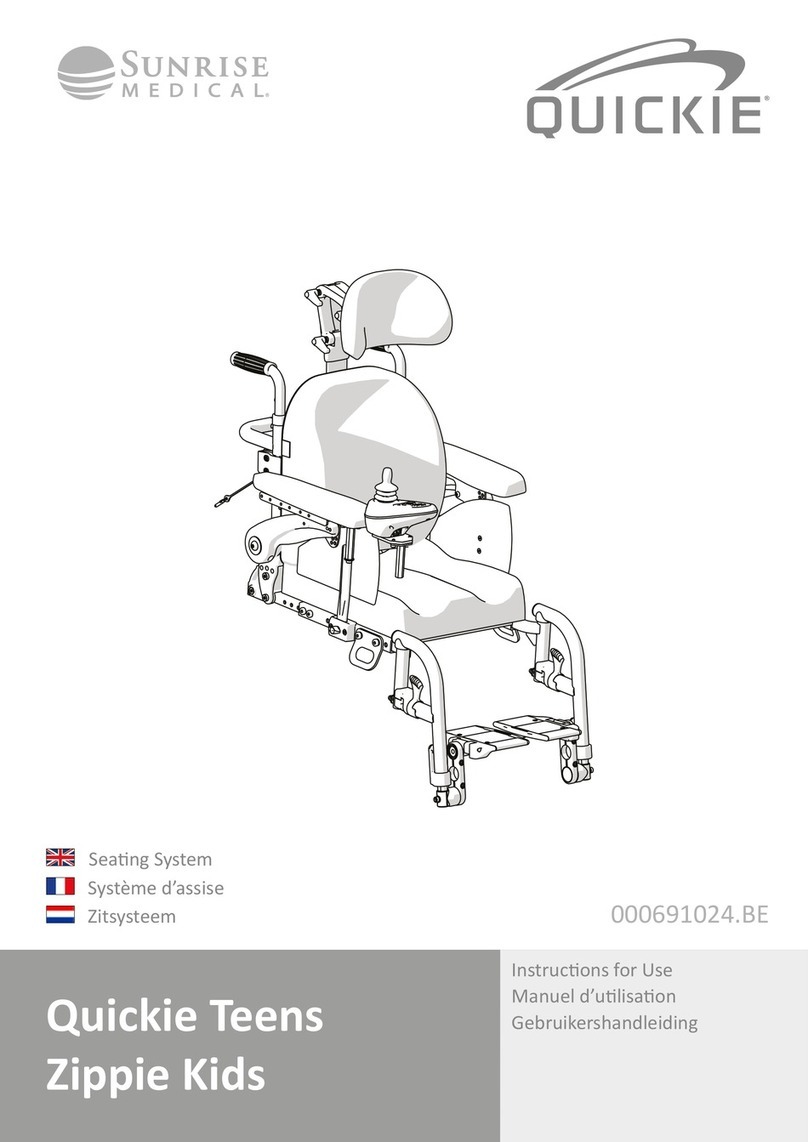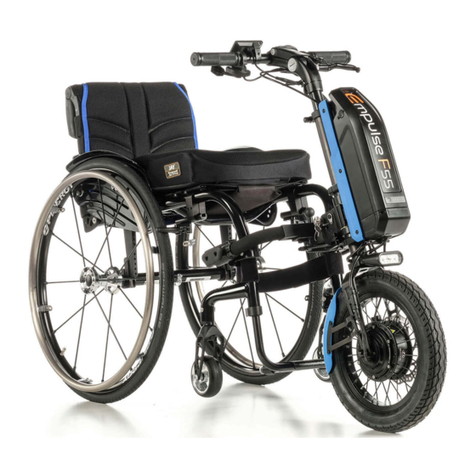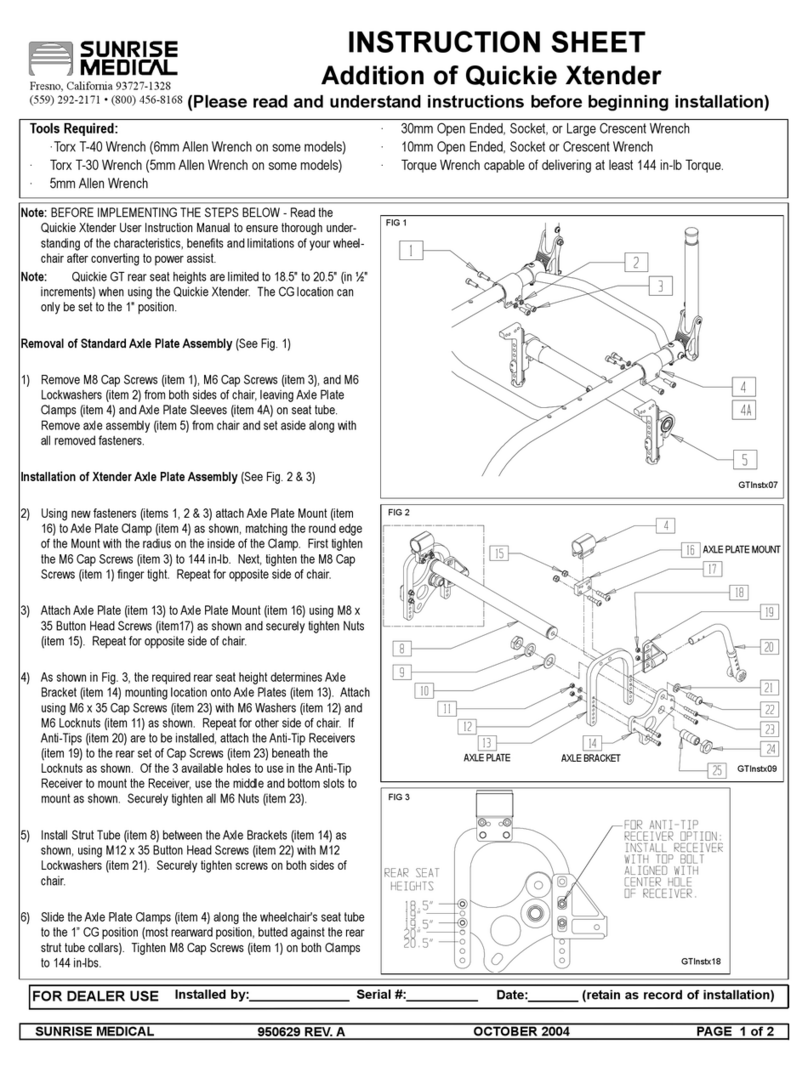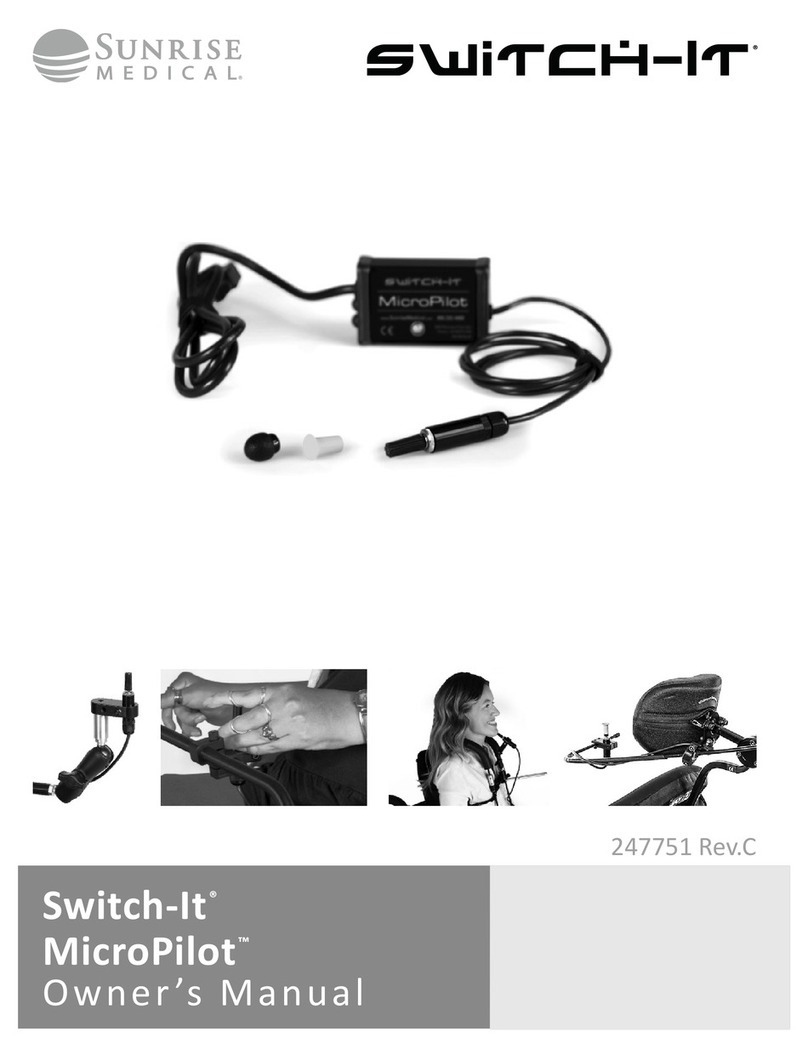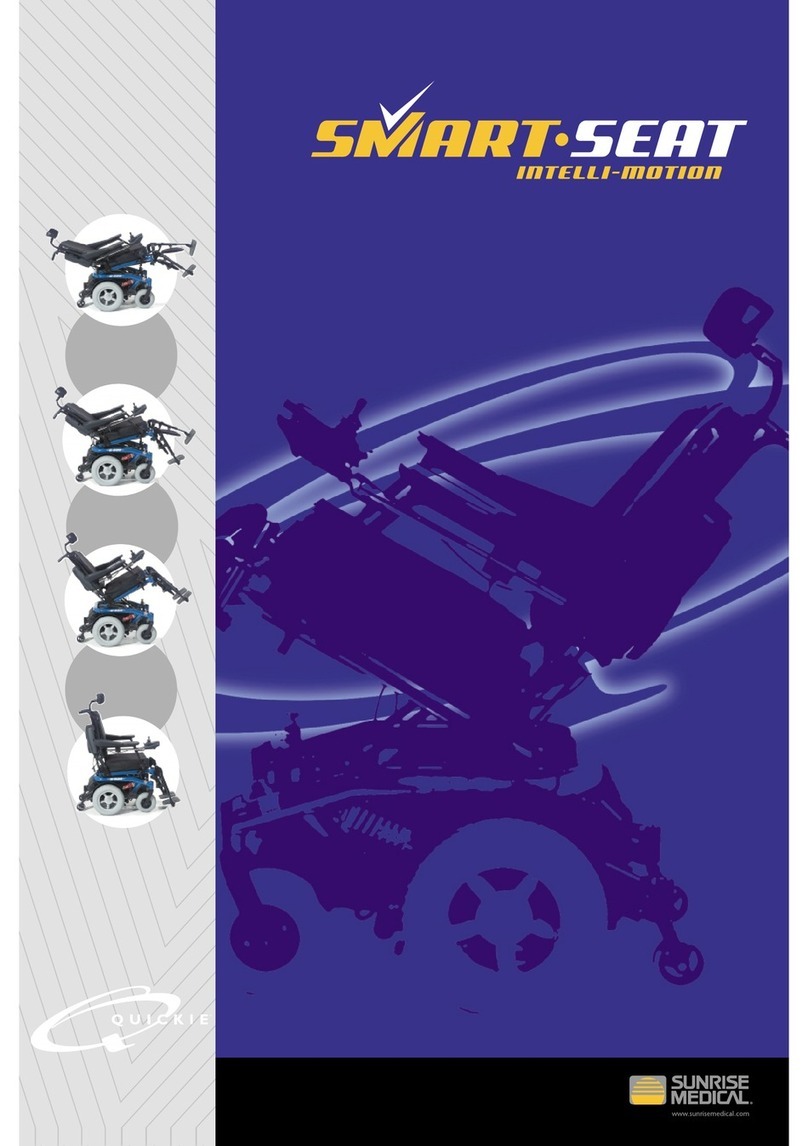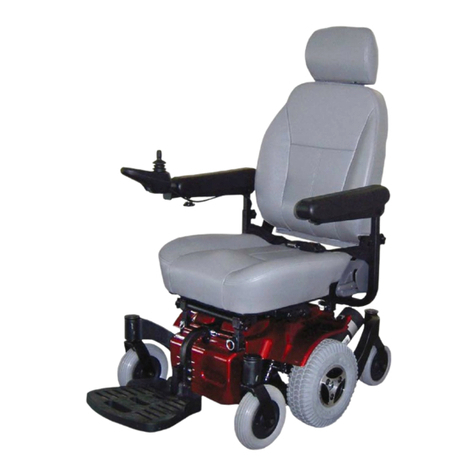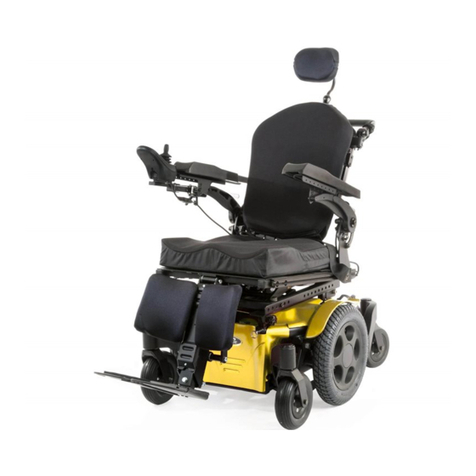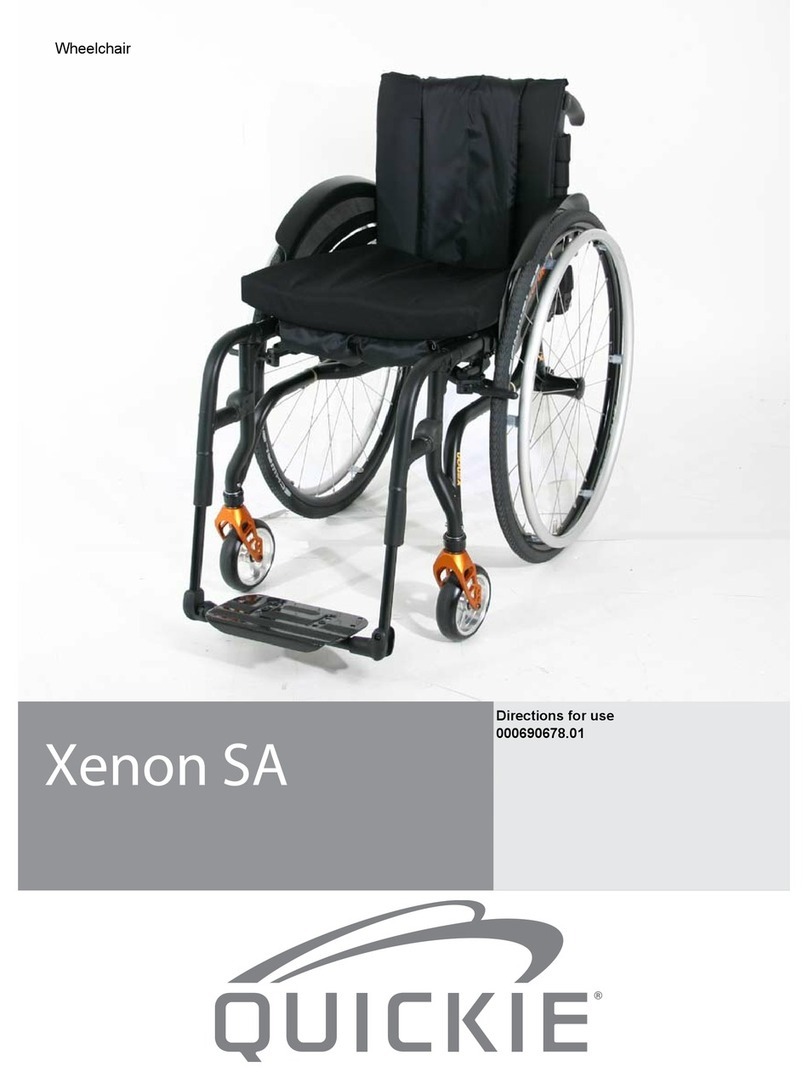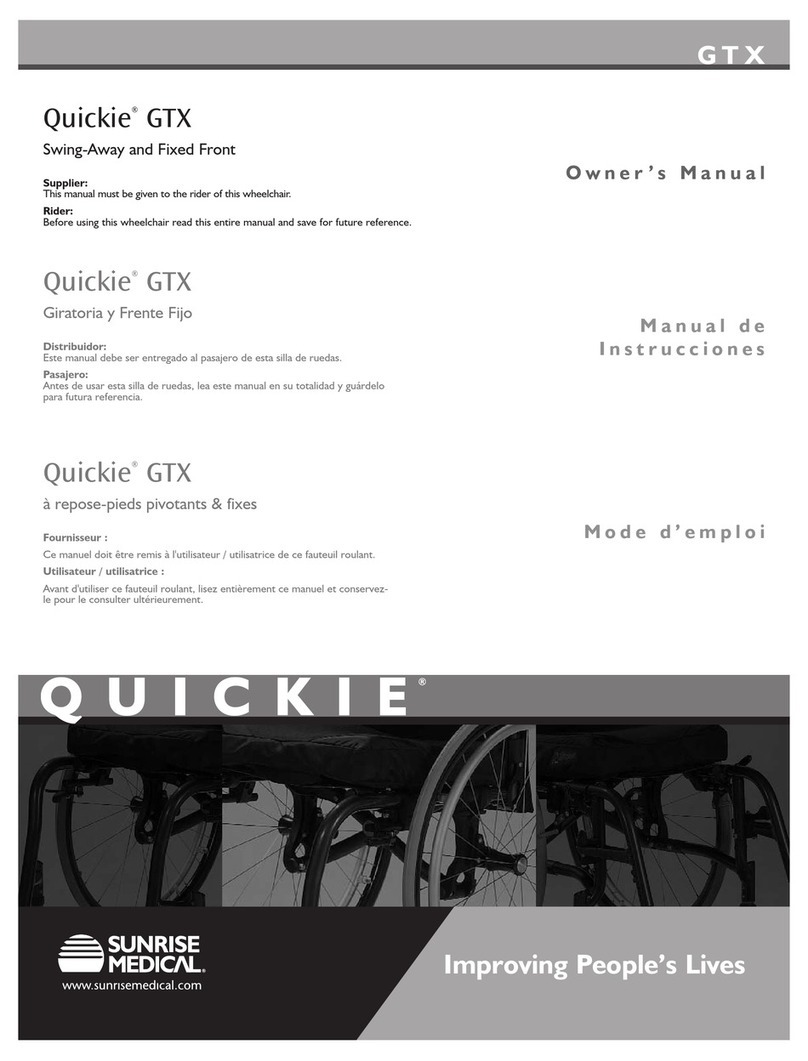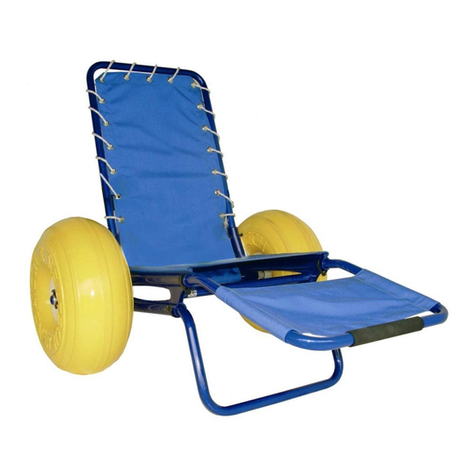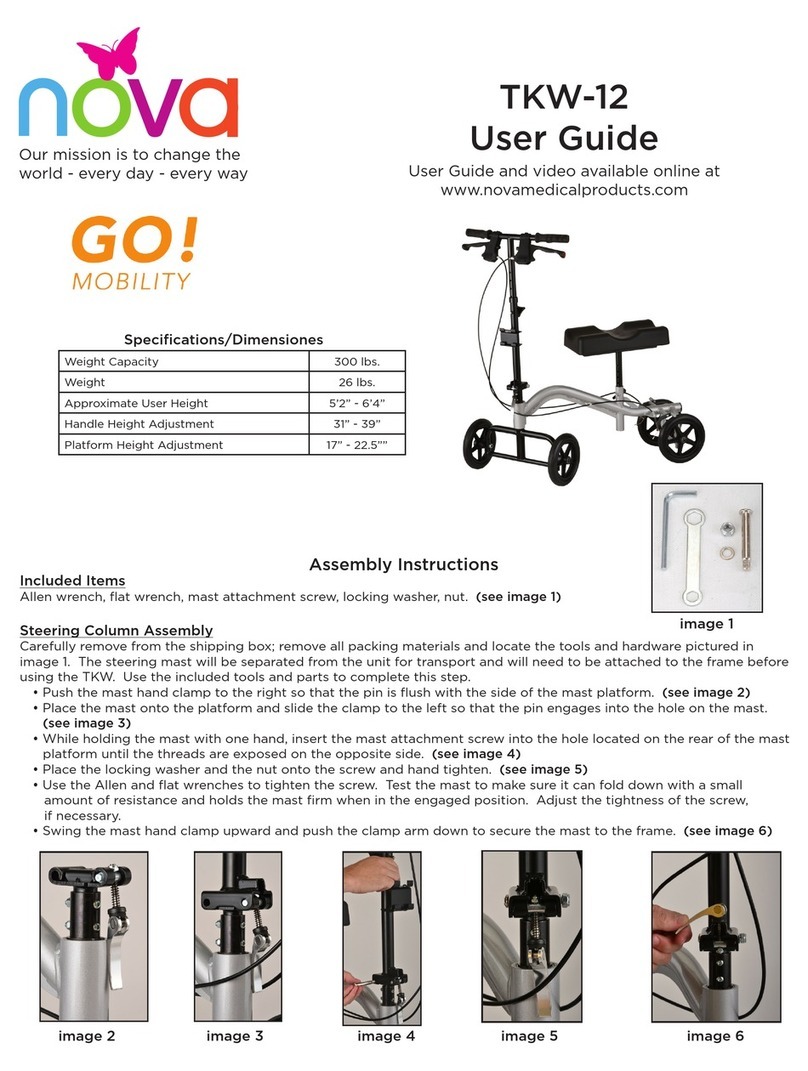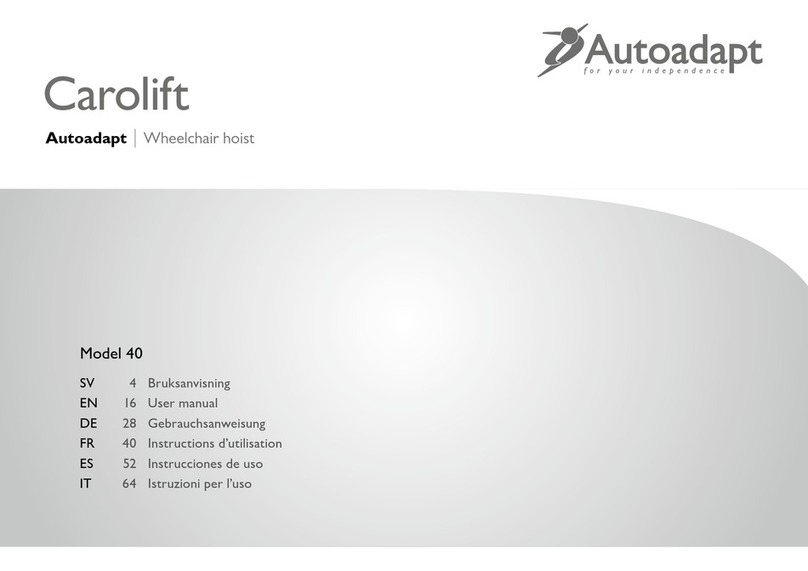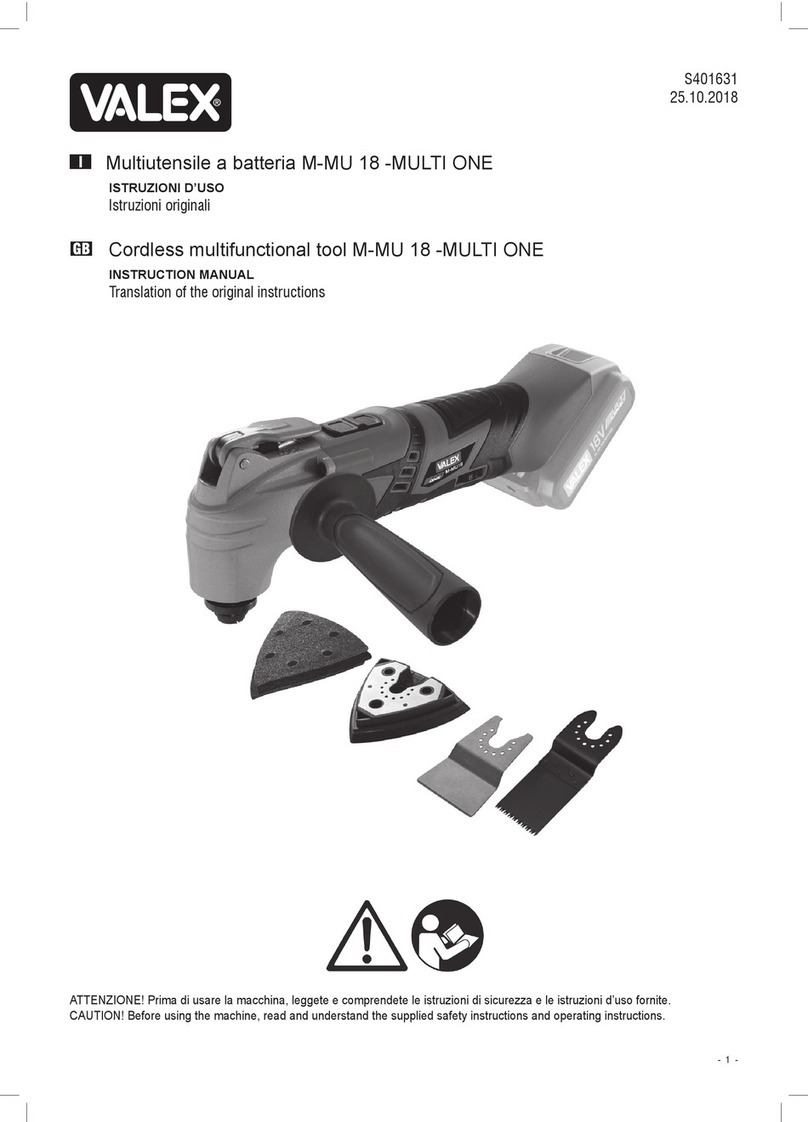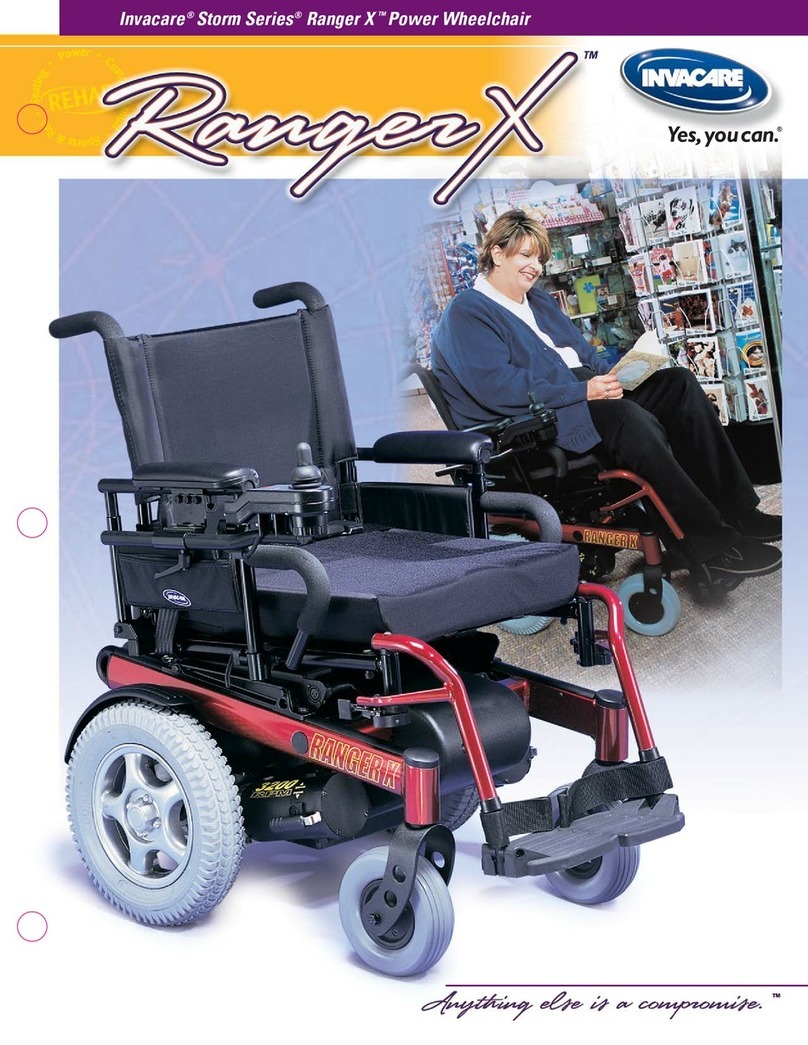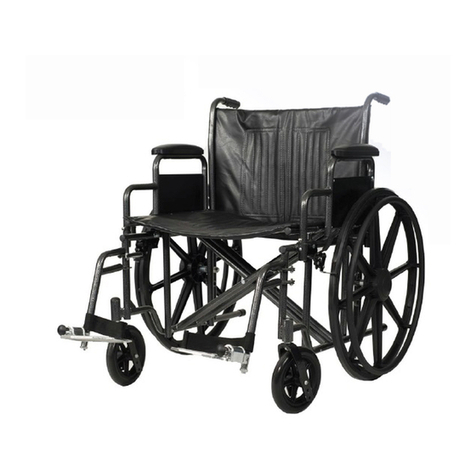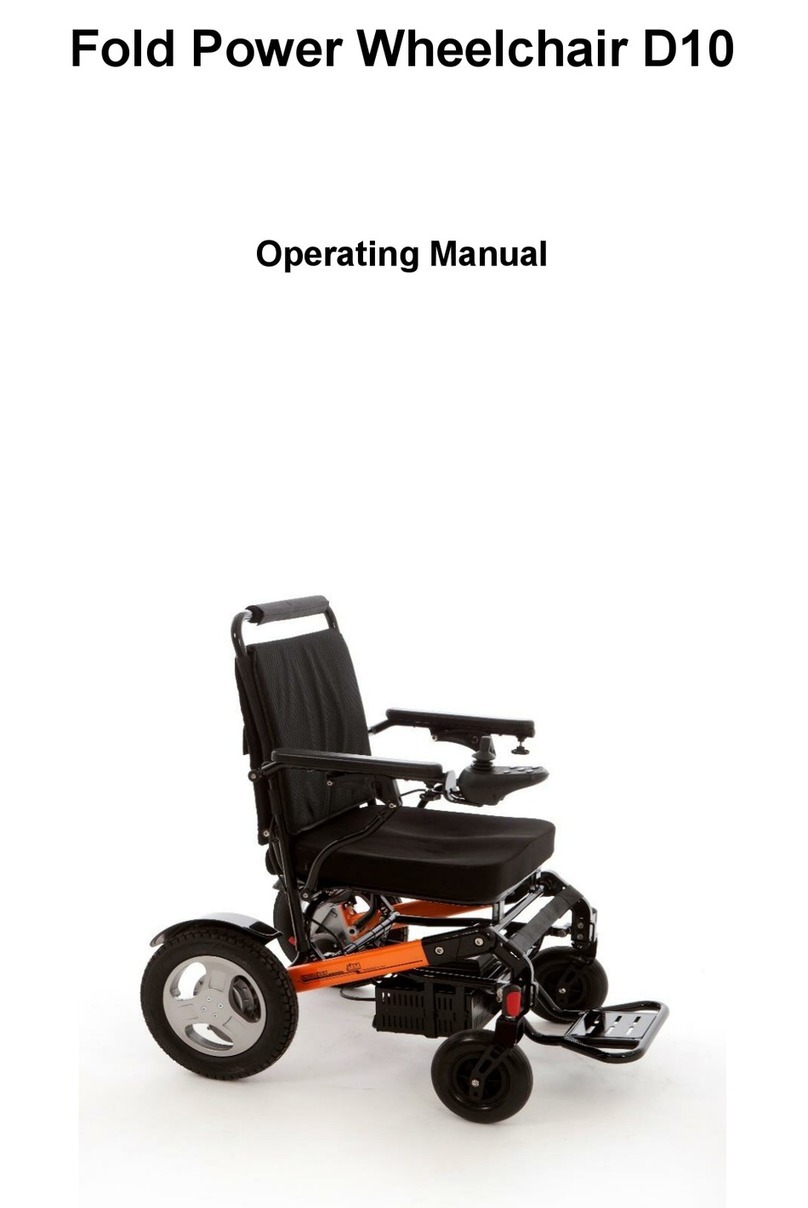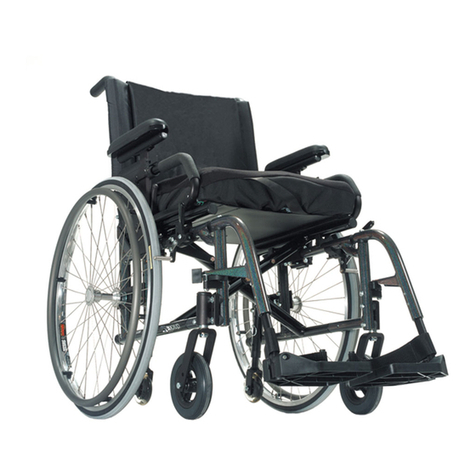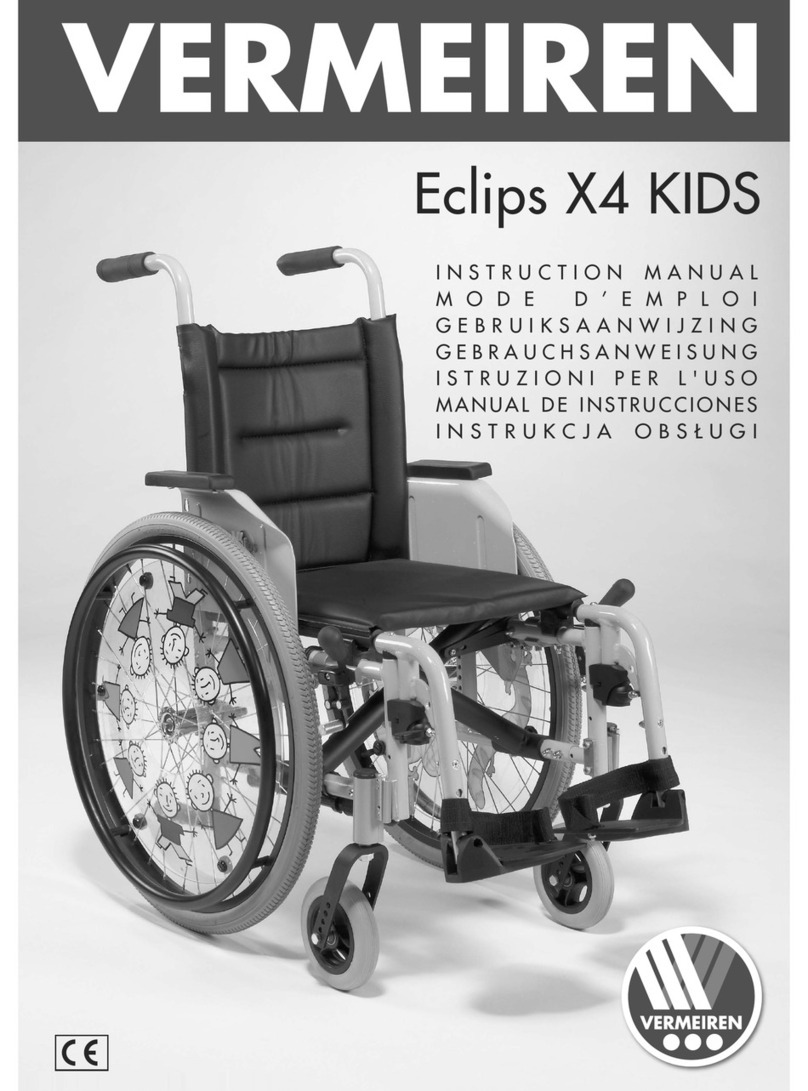93 469 Rev. A
II. Table of Contents 5
VIII. WARNIN S: COMPONENTS & OPTIONS ..................................................... 22
A. Anti-Tip Tubes................................................................................... 22
B. Armrests .......................................................................................... 22
C. Cushion & Sling Seats ........................................................................ 22
D. Fasteners.......................................................................................... 23
E. Footrests.......................................................................................... 23
F. Pneumatic Tires................................................................................. 23
G. Positioning Belts ............................................................................... 24
H. Power Drive ...................................................................................... 24
I. Push Handles .................................................................................... 24
J. Quick-Release Axles ........................................................................... 25
K. Rear Wheels...................................................................................... 25
L. Rear Wheel Locks............................................................................... 25
M. Modified Seat Systems........................................................................ 26
N. Upholstery Fabric............................................................................... 26
IX. CHAIR BASICS ...................................................................................... 27
A. To Mount & Remove Rear Wheels ......................................................... 27
X. SET-UP AND ADJUSTMENT...................................................................... 28
A. Set-up ............................................................................................. 28
B. Quick-Release Axle............................................................................. 28
C. Backrest (fixed or folding) .................................................................. 29
D. Seat Sling......................................................................................... 3
E. Cushion............................................................................................ 3
F. Rear Axle Assembly............................................................................ 3
G. Caster Forks ...................................................................................... 32
H. Footrest ........................................................................................... 33
I. Integral 5th Wheel............................................................................. 33
J. Check-out......................................................................................... 34
XI. TROUBLESHOOTIN ............................................................................... 35
XII. MAINTENANCE...................................................................................... 36
A. Introduction ..................................................................................... 36
B. Maintenance Chart ............................................................................. 36
C. Maintenance Tips............................................................................... 37
D. Cleaning........................................................................................... 37
E. Storage Tips...................................................................................... 37
XIII. SUNRISE LIMITED WARRANTY................................................................. 38
II. Table of Contents
93 469 Rev. A
4
I. INTRODUCTION..................................................................................... 3
II. TABLE OF CONTENTS.............................................................................. 4
III. YOUR CHAIR AND ITS PARTS .................................................................. 6
IV. NOTICE - READ BEFORE USE ................................................................... 8
A. Choose the Right Chair & Safety Option ................................................ 8
B. Review this Manual Often .................................................................. 8
C. Warnings .......................................................................................... 8
V. ENERAL WARNIN S............................................................................. 9
A. Weight Limit ..................................................................................... 9
B. Weight Training ................................................................................. 9
C. Getting to Know Your Chair ................................................................. 9
D. To Reduce The Risk of an Accident ....................................................... 9
E. Safety Checklist ................................................................................ 1
F. Changes & Adjustments ...................................................................... 1
G. Environmental Conditions ................................................................... 1
H. Terrain ............................................................................................. 11
I. Street Use ........................................................................................ 11
J. Motor Vehicle Safety .......................................................................... 11
K. When You Need Help.......................................................................... 12
VI. WARNIN S: FALLS & TIP-OVERS ............................................................. 13
A. Center of Balance ............................................................................. 13
B. Dressing or Changing Clothes ............................................................. 13
C. Wheelies ......................................................................................... 14
D. Obstacles ........................................................................................ 14
E. Reaching or Leaning ......................................................................... 15
F. Moving Backward .............................................................................. 15
G. Ramps, Slopes & Side Hills ................................................................. 16
H. Transfer............................................................................................ 17
I. Curbs & Steps ................................................................................... 17
J. Stairs............................................................................................... 18
K. Escalators......................................................................................... 18
VII. WARNIN S: FOR SAFE USE ..................................................................... 19
A. Learning to do a “Wheelie” ................................................................. 19
B. Descending a Curb or Single Step......................................................... 19
C. Climbing a Curb or Single Step ............................................................ 2
D. Climbing Stairs.................................................................................. 2
E. Descending Stairs .............................................................................. 2
F. Maintenance ..................................................................................... 21
